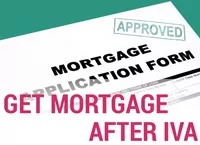A Third Party Debt Order is an Order issued by the Court instructing your bank to pay your creditor the balance of a debt you owe them directly from your account.
A creditor can only apply for a third party debt order if they have first successfully applied for a CCJ (County Court Judgement) which you have subsequently not paid and they think that you have the money to pay them but are holding it back.
It is rare for a commercial creditor such as a bank or credit card company to apply for a Third Party Debt Order. Generally speaking they are only used if a creditor knows you personally and is aware that you have funds which you are holding back.
How is a Third Party Debt Order issued?
If a creditor makes an application for a Third Party Debt Order the Court will first issue an Interim Debt Order against you. This can be very inconvenient as any funds in your bank account up to the value of the debt outstanding will be frozen by your bank. Within 28 days there will then be a Court Hearing which you must attend so that you can argue against the full Order being issued. Further details about this process and the arguments you can use are available here.
What happens if a Third Party Debt Order is issued?
If at the Hearing the Court decides that the Third Party Debt Order should be issued against you your bank will be told to pay the funds it has frozen directly to your creditor. This may result in the debt you owe being paid in full or part depending how much money was in your account when the funds were frozen. Money paid into your account after that date cannot be used to pay the debt. In the mean time it may be possible to access the funds in your account that were frozen by applying for a Hardship Payment Order. More details are available here.
Arrange a call with an IVA Expert
Privacy Policy
Your information will be held in strictest confidence and used to contact you by our internal team only. We will never share your details with any third party without your permission.

